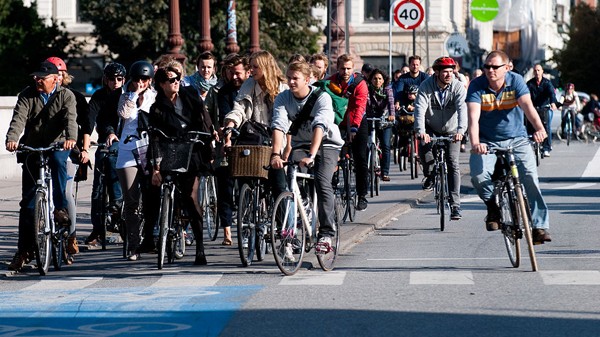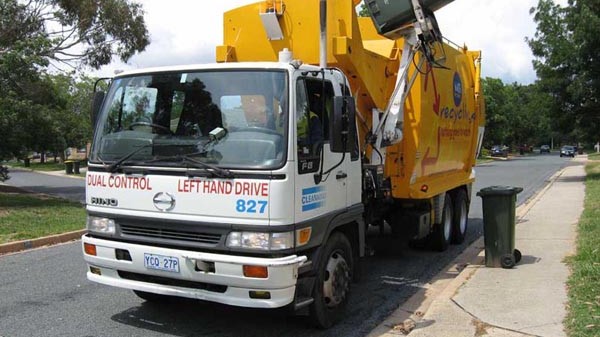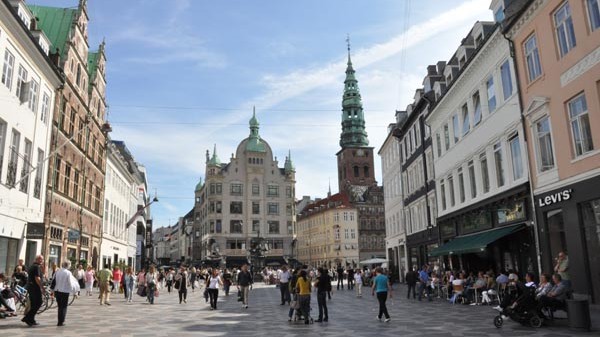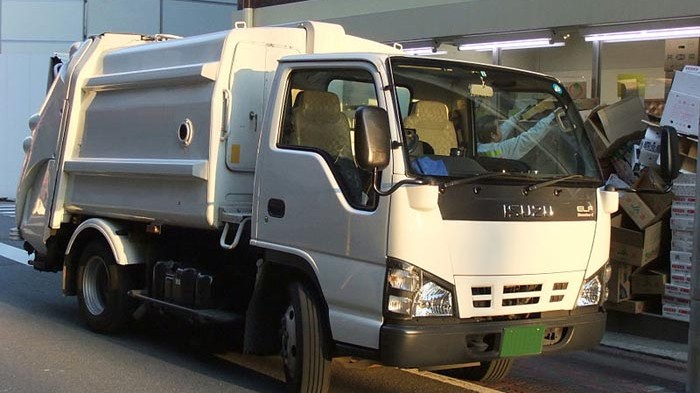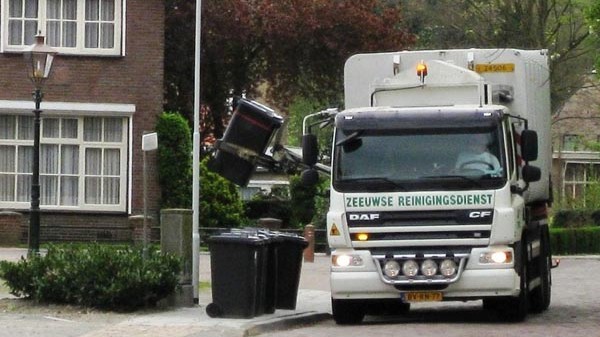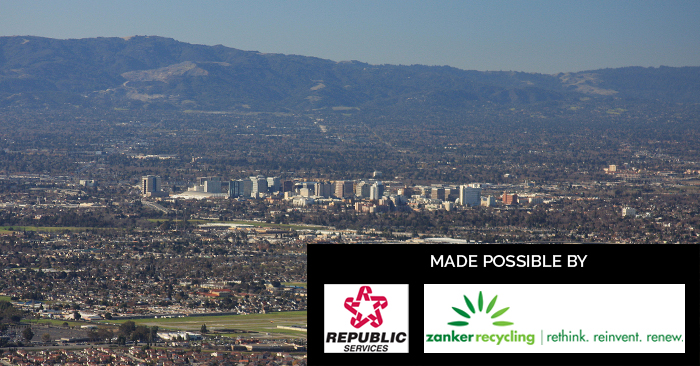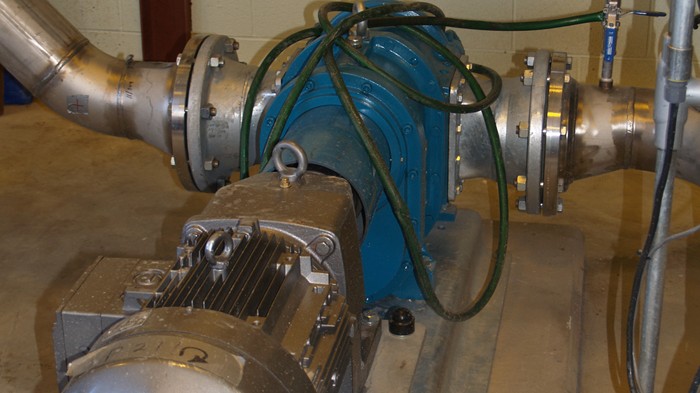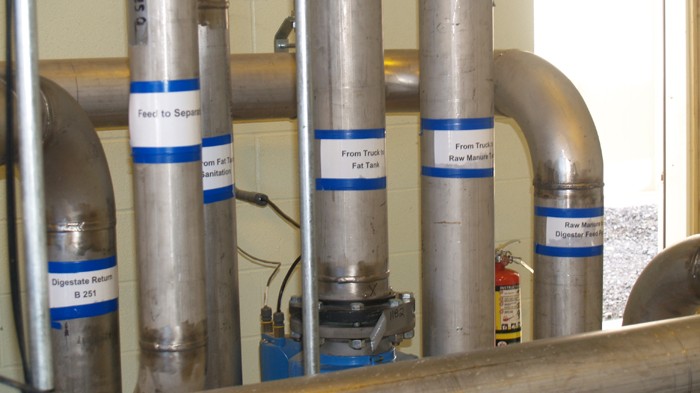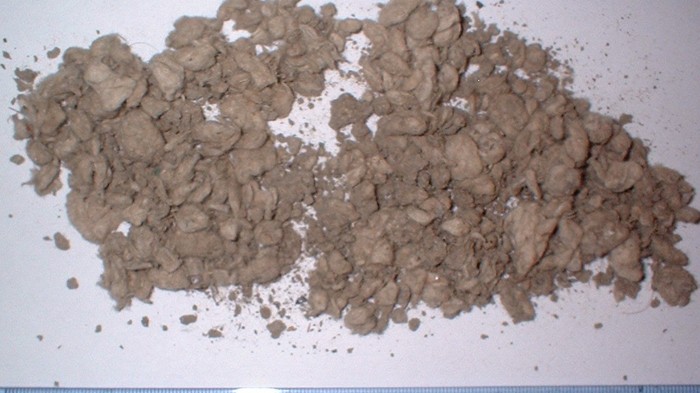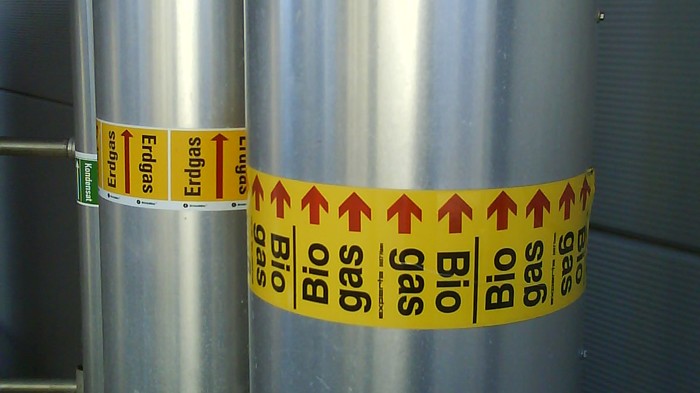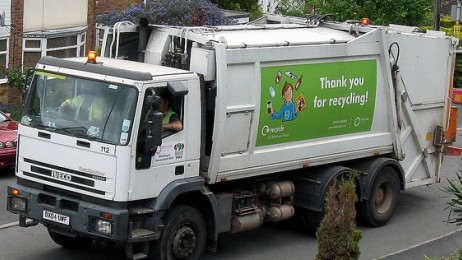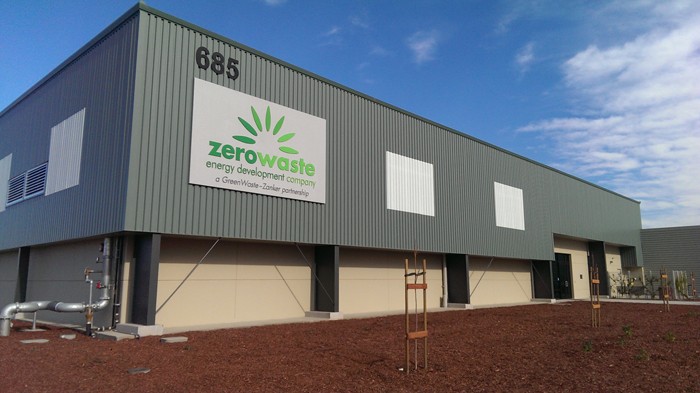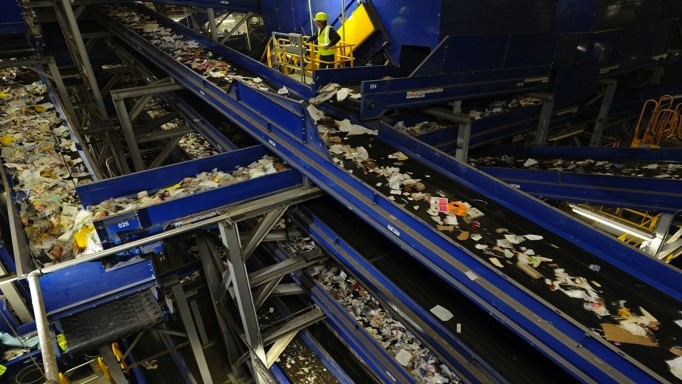Strategic Outlook: What Direction for Waste Collection Technologies?
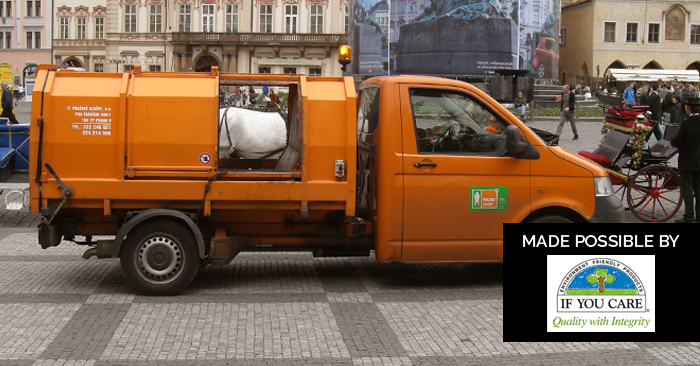
This episode corresponds to Lesson 4 of our online course.
In this week’s episode, we explore the process of selecting waste collection vehicles and technologies for a city’s collection system – where narrow streets, traffic and noise are some of the key factors to influence the decision making process. Our guest this week is project manager of Waste and Recycling at Copenhagen City in Denmark, Björn Appelqvist, who discusses with us the main challenges for cities for collection services, and the advantages and disadvantages of various types of technologies, with a focus on smaller collection vehicles especially. Björn also gives us an insight into their procurement process – where a lack of industry standards make it difficult to navigate.
Thank you to If You Care for making this episode possible.
If You Care Certified Compostable Bags are made from potato starch from starch potatoes, blended with a fully compostable polymer, and are polyethylene and plasticizer free. Their potatoes are grown for starch only unlike corn which is grown for food. Their potatoes require forty percent less land than corn and no irrigation. For more, visit their website.
Events on our radar this week:
European Biosolids & Organic Resrouces Conferece 2014.
Photo by Chmee2. Some rights reserved.
TRANSCRIPT
Inner City Challenges for Waste Collection Vehicles
Q: Björn can you start by give us some information on Copenhagen city – the layout of the city; what are the main challenges Copenhagen faces for collecting organic materials, and other kinds of materials as well?
Björn Appelqvist: Copenhagen municipality has about five hundred thousand inhabitants, so it’s a quite small municipality, compared with bigger cities around the world. It’s a very small area, and we have a population density of about six hundred inhabitants per square kilometre, and we have three hundred and fifty thousand workplaces within the city borders. So, despite being quite small in international measures, it very much has inner-city characteristics. And, around ninety percent of our inhabitants live in apartment buildings, or high-rise buildings, and we have about twenty thousand single family houses on top of that.
But altogether the Copenhagen metropolitan area has very much inner city characteristics, with all that that means – traffic congestion, narrow streets, historical buildings, commercial and tourism activities combined with residential areas – so, in that way we have all the challenges that inner city areas have, I would say.
One thing that I think is important to point out is that the Scandinavian waste management model is based on emptying most of the bins from in the backyards of the residential buildings. Our bin men actually go in and collect the bin in the yard. It’s not the landowner putting the bins on the street on collection day, which also means that the waste management companies that we are contracting do have to walk into most of the properties in Copenhagen. This of course calls for more space for bins within the yards; it calls for good access routes, and also means that the collection holds a little bit longer at each address that would be the case if they should empty from the pavement outside the buildings.
Q: And in relation to the trucks being parked outside for longer, and the collection crews having to bring carts outside – could this create a bit of a noise issue with residents?
BA: Of course a collection truck is noisy in some kind of way, but there are basically three types of noise that can be annoying or disturbing for these citizens. First of all, the noise from moving the bins, from where they are placed in the yards out to the vehicle and back again – the wheels are hitting the pavement and the cobblestones and there is noise from the transportation of the bin. That’s hard, and it’s hard also because when you are in the backyards, you’re closer to people’s bedrooms, and that’s most annoying (laugh).
In addition to this, there’s a noise when you are emptying the bin on the compactor trucks – hitting the back of the truck to get the waste out. And the third source of noise is generally when compacting. So, those three factors are more important, I would say, than just having a truck holding still outside the property. Of course as well, you always have the acceleration and breaking of the truck, but that’s quite small compared to the noise level from the other activities.
What Should You Look For In Vehicles?
Q: And what then are you looking for in a vehicle? Can you tell me about the specifications and so on?
BA: We have a couple of main targets put up. Copenhagen has an ambitious climate plan for becoming Co2 neutral, so of course the reduction of Co2 emissions are important for Copenhagen. We also look at noise reduction, and we look at NOx and particulate matter emissions. Those are the three environmental factors we’re looking at optimising. On top of that, we’d like to see if we can get as working environmentally friendly vehicles as possible, and it’s very much about getting in and out of the vehicle, and if things can be done to make it easier to work around the vehicle, that’s good as well.
And our last factor is that we want our vehicles as traffic, bicyclists and pedestrian friendly as possible. There are talks – and luckily enough waste collection vehicles aren’t involved here – that there are some incidents of right-turning heavy vehicles and accidents with bicyclists. They are of course incidents that are very grave for the unprotected bicyclist in that situation, so that’s something we want to avoid. So in the basic form, that’s what we’re looking for.
Does size matter? Pros and Cons
Q: A lot of cities are looking to use new generation vehicles – usually smaller vehicles for organics collection especially – but can you tell us about the type of vehicles you use, and the issues you may have with them?
BA: Yes, so most of our vehicles today are standard sized, two or three axle collection trucks (the larger ones), which works pretty well for collections in the city, I would say. But of course you have congestion problems when entering narrow streets. And what you can have as a problem is, if the street is narrow and you have a lot of parked cars, there actually could be trouble getting in our out of the vehicle because you can’t really open the doors (laugh). Then bus doors that can be seen on some types of vehicles could be useful in some situations. But still if a street is within the norm values, it can be very difficult on narrow streets to collect. And in that case narrow vehicles especially are important.
Q: So smaller vehicles do have advantages here: they can access smaller streets quicker, and can therefore be suitable for increased collection times. Regarding noise reduction – if they are electric vehicles and don’t use compaction, this cuts down on noise. But then, there are some disadvantages to smaller vehicles as well. Can you tell us about these disadvantages?
BA: Of course as you say, a smaller vehicle has the advantage that it can get access to more places than a larger one, and you can have noise reduction and so on, but the disadvantages are interesting to approach as well, as you say. Of course inner cities are dense, which can make it hard to go in a big vehicle, but on the other hand, in a densely populated city, you fill up a vehicle quite fast because you have a lot of waste producers in a small area. So, smaller vehicles means a lot more transportation time to transit stations. So the amount of collection work you get out of it in comparison to the transportation work is smaller on a smaller vehicle.
And that of course is also connected to what kind of salary levels you have. Scandinavia and western Europe has high salary levels in general, and the more your man-hour costs you have compared to the investment of the vehicle, the more disadvantageous it is to go for smaller vehicles, I would say.
Q: Okay, so essentially the lower payload capacity – or amount of material that can be placed in a vehicle – is a crucial factor here. And labour costs factor in here too if there is an increase of hours needed to collect the material. These are all important to keep in mind when planning a system – the collection routes, the efficiency of the service and the type of technologies, and listeners can connect with Lesson 4 of our online course to learn more about how to plan an efficient collection system in relation to this. So, in summary, you have to be careful how you plan…
BA: Yeah. And there is another factor for small vehicles here in Copenhagen and Scandinavia. You have to remember that from an international perspective, Scandinavia is a small market for vehicles in general, so I know there’s not that many suppliers of small vehicles on the market, and that’s something we struggle with when looking for alternatives. There’s not an optimal market competition there, and adapting vehicles for our market aren’t that attractive, it seems – especially for the small ones.
Procuring Collection Vehicles: Key Things To Look Out For
Q: And for other cities who are looking at contracting or procuring vehicles for collection – what, in your opinion, would be the key criteria or things to pay attention to when choosing a collection vehicle for your city?
BA: I would once again say, go for Co2 reduction. If it’s fuel efficiency, if it’s about vehicles improving or helping to support the driver to drive in a fuel efficient way; if it’s going for reduction of – especially for cities once again – NOx and particulate matter are some of the tolls on human health and some of the main challenges for an inner city environment. All that should be focused on.
With noise reduction, I see very little on noise reduction on compactor trucks right now. You have noise reduction technologies on the driving lorry, but on the equipment you put on for compacting, that hasn’t been very much done. It’s still a noisy steel cupboard, where you empty waste into, and that has to be improved. Of course it depends on how noise sensitive your city is, but if you could have an environmentally friendly, noise free waste collection vehicle, then you can actually collect waste twenty-four seven. You’ll have good capital use, you’ll have less traffic problems and so on. So noise reduction, I see, is directly connected to the capital use efficiency of your vehicle parts. For me that’s a key issue.
And of course, traffic security and working environment are the third ones. Easy access of the vehicles, and good vision all around the vehicle. To be able to spot pedestrians and bicyclists especially, but also in order for the waste collectors to travel safely around their vehicles. That’s the focus point.
Influencing Markets Through The Procurement Process
Q: The city of Copenhagen does not own its own trucks, but is a contract-driven organisation: you procure the trucks and waste management services for the city. As a procurer, there are certain ways you can influence the type of vehicles on the market, and encourage certain types of technologies over others. Can you tell me about your procurement process, and how you do this yourselves?
BA: Well, we do our procurement processes in a way that we actually make competition for environmentally friendly vehicles. We are right now mandatorily specifying the use of electricity for waste compacting so that you can have less noise and less waste emissions from the compacting parts of the trucks. We are putting up competition on the fuel for the lorry. Of course, diesel is awarded on the lowest level, and then there is either natural gas or compressed gas; and on the top level of course, in the long run, we would like to see more fully electrical vehicles, which we realise needs new business models and leasing contracts – especially within a procurement situation where we procure for five to seven year contracts.
So here the business has to adapt if we are going to be able to absorb the larger capital costs for having a more economically and financially efficient procuring operation period – but that’s the timeframe that sets the criteria for that. But that’s what we’re doing on the Co2 and noise side right now.
We are specifying norms on the visibility and the height from the road up to the floor in the driver cabins of the lorries to ensure both that they are easily accessible for the waste collectors, but also to make it easier to see pedestrians and bicyclists around your truck. So that’s how we try to do it. We say that there are maximum measures that have to be fulfilled for height from the street to the lower level of the front screen, as well as from street-level to the floor of the driver cabin.
That’s the kind of things we try to do as procurers and a contract-driven organisation.
Lack of Industry Standards Makes Tendering Tricky
Q: Are there any challenges or issues you’ve face during the tendering process, or any issues you’d like to address when it comes to tendering – maybe in relation to specifying vehicles, for example?
BA: In a way, it is hard as a tendering organisation to find out how to do this, because you havet o do your own market screening on certain technologies or producers. And in the long run, what we really would like to see would be industry standards, or industry norms for waste collection vehicles for use in inner cities. It’s much easier for u sto be able to refer to a standard; it’s much easier for our contractors to know what they should ask for; and it’s much easier in the long run – I hope – for the producers of the vehicles to know what’s expected from them. Because that could be really useful, and that’s something that I would urge the vehicle producers to look into, and see if we can get some standards and norms here. Because that would be a great step forward for efficiency and environmentally friendly waste collection in inner cities.
Final Words
Q: One more question before we go: what would you like to see happen in the future with collection vehicles or how the city uses them? Any final words you’d like to leave with our listeners?
BA: Well, it would be nice to see more inventions; more untraditional thinking in the field of waste collection. What can be done? What kind of different vehicles could be bought, built and utilised within city borders? I said earlier that we don’t have many small vehicles, but on the other hand, is the ”the bigger the better” philosophy – which is very much driven by the idea of capital per usage – is that the right philosophy? Or could we think differently on this? That would be interesting to see – where the innovation and where the new thinking is in that field.
